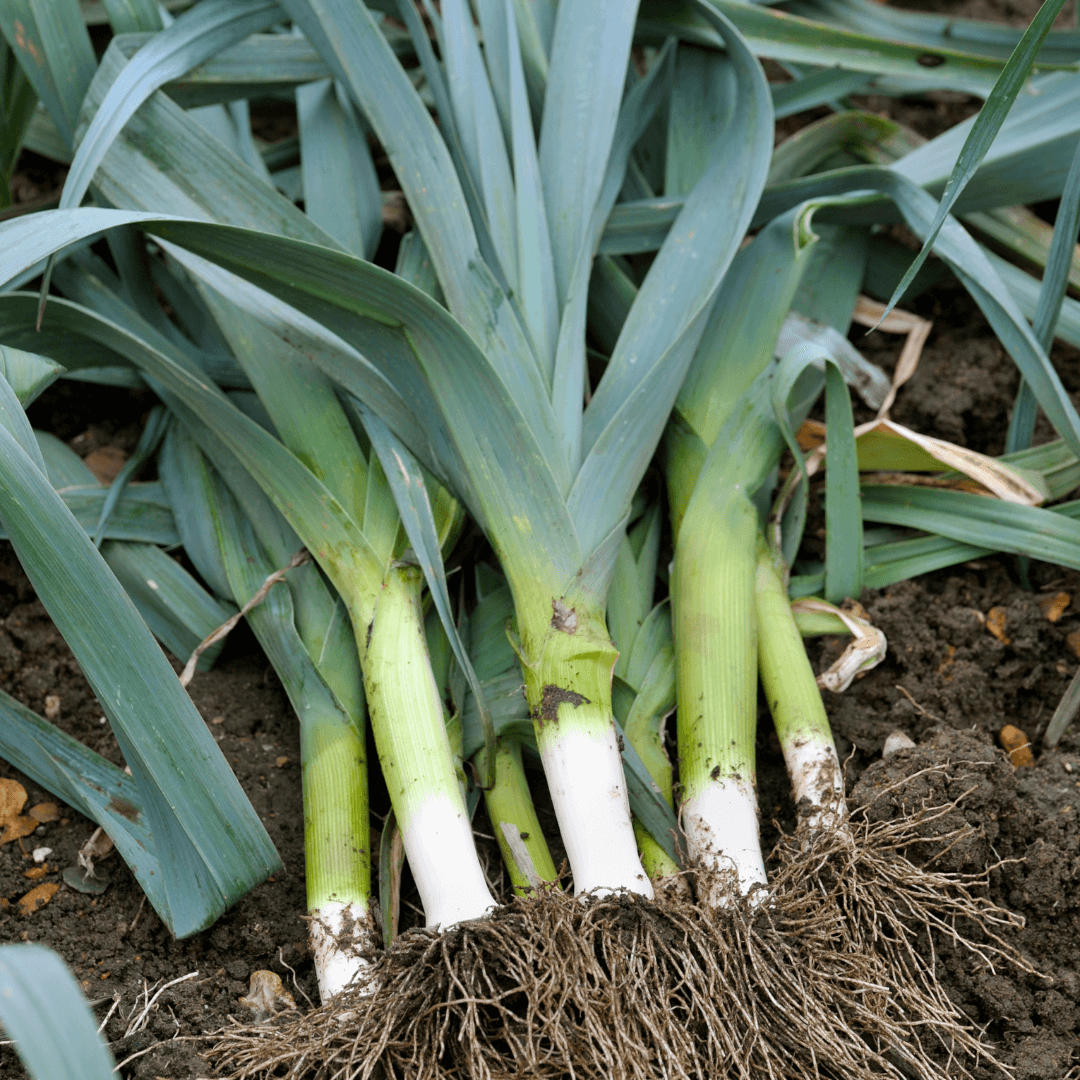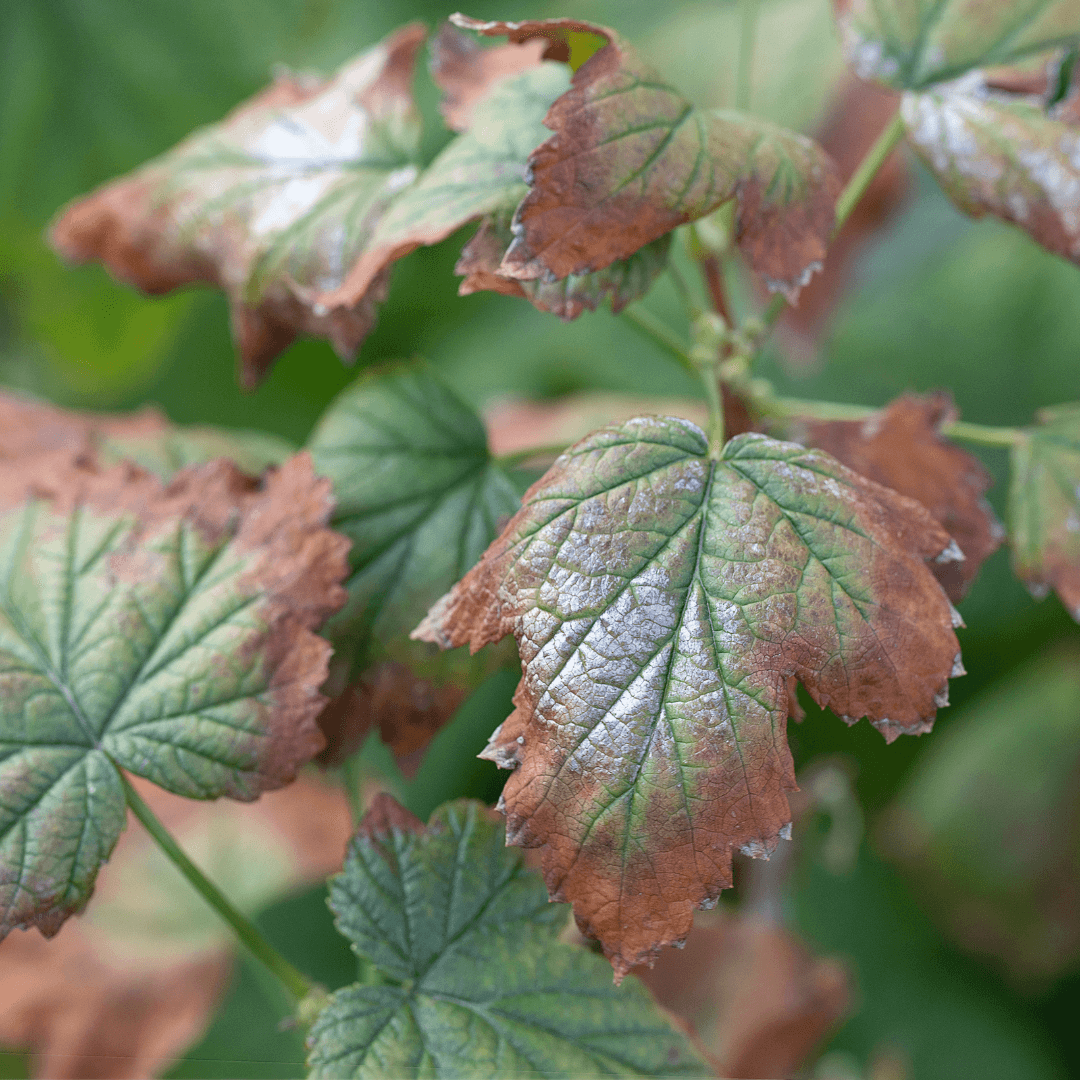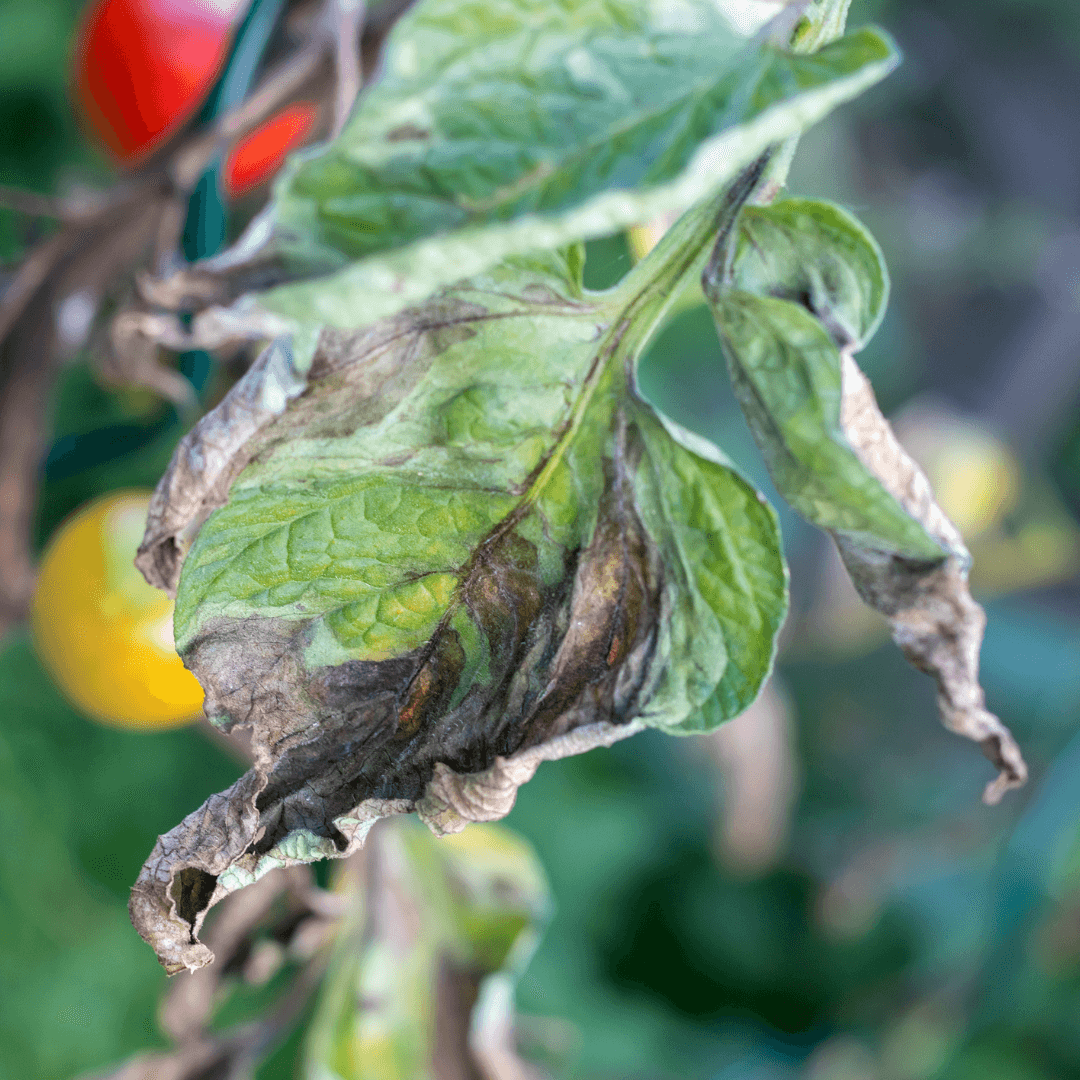Leeks are an easy-to-grow, versatile, and flavorful addition to any vegetable garden. This article will provide you with a comprehensive step-by-step guide on how to plant leek seeds and ensure a successful harvest. Leeks offer several health benefits, such as being high in vitamins and minerals, and can be a great way to add variety to your meals.
Introduction to Leeks
Leeks are biennial plants, meaning they complete their life cycle in two years. They are closely related to onions and garlic and are known for their unique mild, sweet, and slightly earthy flavor. Leeks are a popular ingredient in soups, stews, and other dishes, making them an excellent choice for gardeners looking to diversify their vegetable gardens. Additionally, they can be used as a substitute for onions or garlic for those with dietary restrictions.
Plant Characteristics
- Native: Eurasia
- Family: Alliaceae
- Genus: Allium
- Common Name: Leek
- History of the Seed: Leeks have been cultivated for thousands of years and were a staple in ancient Egyptian and Roman cuisine. They were even mentioned in the Bible.
- Days till Maturity: 100-120 days
- Planting Depth: 0.5 inches
- Plant Spacing: 6 inches apart
- Days to Germination: 10-14 days
- Indoors or Direct Sown: Both
- Full Sun or Partial Shade: Full sun to light shade
- When to Harvest: When stalks are 1-2 inches in diameter
- Plant Height: 12-36 inches
- Plant Width: 6-9 inches
Growing leeks in your garden provide a delicious, versatile ingredient for your meals and add an interesting visual element to a garden, thanks to their tall, slender growth habit.
Choose the Right Leek Seed Variety for Your Garden
Before you begin planting leek seeds, it's essential to select a suitable variety for your garden. There are several types of leeks, including perennial and biennial varieties. Some popular choices include:
- American Flag Leek Seeds: A classic, hardy variety with a thick, tender stalk, known for its excellent flavor and versatility in the kitchen.
- King Richard: A fast-growing, early-maturing variety with a mild flavor, perfect for those with a shorter growing season.
- Bandit: A frost-tolerant variety suitable for overwintering in colder climates, providing a continuous harvest throughout the year.
- Bleu de Solaise: A French heirloom with a deep blue-green color and a strong, robust flavor, ideal for those experimenting with unique and flavorful dishes.
When selecting your leek variety, consider your climate, desired flavor profile, and whether you prefer a biennial or perennial plant. Choosing a type well-suited to your growing conditions and personal preferences is also essential.
American Flag Leek Seeds
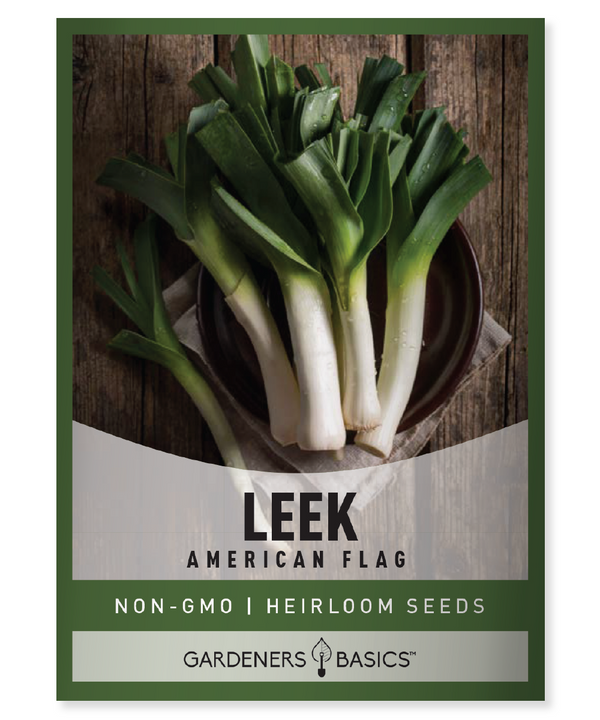
$2.49
Grow Flavorful American Flag Leeks: Heirloom, Non-GMO Seeds Get ready to grow your own fresh and flavorful American Flag Leeks with our premium heirloom, non-GMO, non-hybrid, and open-pollinated seeds. These traditional, hardy leeks are perfect for both home gardens… read more
Purchase Quality Garden Seeds
Investing in high-quality leek seeds is crucial to ensure a successful crop. We have high-quality seeds in our fruit and vegetable heirloom seed shop. They are all fresh seeds; we go through them very fast, and are guaranteed to grow with excellent germination rates.
Prepare the Soil
Leeks thrive in well-draining soil that is rich in organic matter. To prepare your garden bed, follow these steps:
- Choose a location: Select a spot in your garden with full sun-to-light shade. Leeks require a minimum of six hours of sunlight per day. Remember that they can also tolerate light shade, which can be particularly beneficial in hotter climates.
- Check the soil pH: Leeks prefer a pH between 6.0 and 7.0. If necessary, amend the soil with lime or sulfur to adjust the pH. Testing the soil pH before planting helps ensure an optimal growing environment for your leeks.
- Amend the soil: Incorporate compost or well-rotted manure into the soil to increase organic matter and improve drainage. This will also help to create a nutrient-rich environment for your leeks, promoting healthy growth and a better harvest.
- Create a weed-free environment: Remove any weeds from the planting area, as leeks are shallow-rooted and can struggle to compete with more aggressive plants. A weed-free environment will help your leeks grow strong and healthy.
Sow Leek Seeds Indoors or Outdoors
You can either sow leeks indoors or direct seed them outdoors, depending on your preference and climate. Starting seeds indoors can offer greater control over germination conditions, while direct seeding outdoors can be more convenient.
Indoor Sowing
Starting seeds indoors is always a favorite way for me to start seeds. When starting seeds indoors, I can control many factors, so it is my preferred method.
- Fill seed trays or pots: Fill seed trays or small pots with a high-quality potting soil or seed-starting mix. This will provide the ideal growing medium for your leek seeds to germinate and establish.
- Sow seeds: Sow leek seeds 0.5 inches deep and 1 inch apart in the soil. Be mindful of the planting depth, as planting too deep can inhibit germination.
- Water: Water the seeds gently to ensure good soil contact, and keep the soil consistently moist but not waterlogged. Consistent moisture is key to successful germination and seedling growth.
- Provide warmth: To encourage germination, place the seed trays in a warm location with temperatures between 65-75°F (18-24°C). A heating mat can be helpful for maintaining consistent temperatures.
- Monitor germination: Leek seeds typically germinate within 10-14 days. As seedlings emerge, ensure they receive adequate light from a sunny window or supplemental grow lights. This will help prevent leggy growth and promote strong, healthy seedlings.
Outdoor Sowing
If you'd like, you can also try direct sowling the leeks outdoors.
- Prepare the planting area: Create shallow furrows in your prepared garden bed, about 0.5 inches deep and 6 inches apart. This spacing allows for proper airflow and room for growth.
- Sow seeds: Sow leek seeds directly into the furrows, spacing them about 1 inch apart. Sowing seeds at the proper spacing helps minimize the need for thinning later on.
- Cover and water: Cover the seeds gently with a thin layer of soil and water to ensure good soil contact. Keep the soil consistently moist but not waterlogged, as this can encourage strong, healthy seedling development.
Transplant Leek Seedlings (If Sown Indoors)
When leek seedlings are 3-4 inches tall and have at least two sets of true leaves, they can be transplanted into the garden. To transplant leek seedlings:
- Harden off seedlings: Gradually acclimate your seedlings to outdoor conditions over 7-10 days, increasing their exposure to sunlight and wind daily. This process helps prevent transplant shock and ensures a smooth transition to the outdoor environment.
- Dig planting holes: In your prepared garden bed, dig holes 6 inches apart and deep enough to accommodate the seedlings' roots. Proper spacing promotes good airflow and room for growth.
- Trim the roots: To encourage a strong root system, trim the roots of each seedling to about 1 inch in length before transplanting. This will stimulate new root growth and help the plants establish more quickly in the garden.
- Plant seedlings: Place each seedling in a hole and fill the hole with soil, ensuring the base of the leaves is slightly above soil level. Planting seedlings at the correct depth helps promote strong, healthy growth.
- Water: Water the transplanted seedlings thoroughly to help them establish themselves in their new environment. Consistent moisture is essential for shallow-rooted leeks to thrive.
Care for Your Growing Leeks
To ensure a healthy, productive crop, provide your leeks with proper care throughout their growth cycle:
- Watering: Leeks require consistent moisture, as they are shallow-rooted. Water your leeks regularly, ensuring the soil remains evenly moist but not waterlogged. Monitor the moisture level in the soil and adjust your watering schedule accordingly.
- Fertilizing: Apply a balanced, slow-release fertilizer every 4-6 weeks during the growing season. This will give your leeks the nutrients they need to thrive, enhancing their flavor and overall quality.
- Weeding: Keep the area around your leeks weed-free to reduce competition for nutrients and water. Regularly removing weeds will help your leeks grow strong and healthy.
- Mulching: Apply a layer of organic mulch around your leeks to help retain moisture, suppress weeds, and regulate soil temperature. Mulching benefits the plants and improves the overall health of your garden soil.
Vegetable Seed Vault Kit | 35 Variety Pack
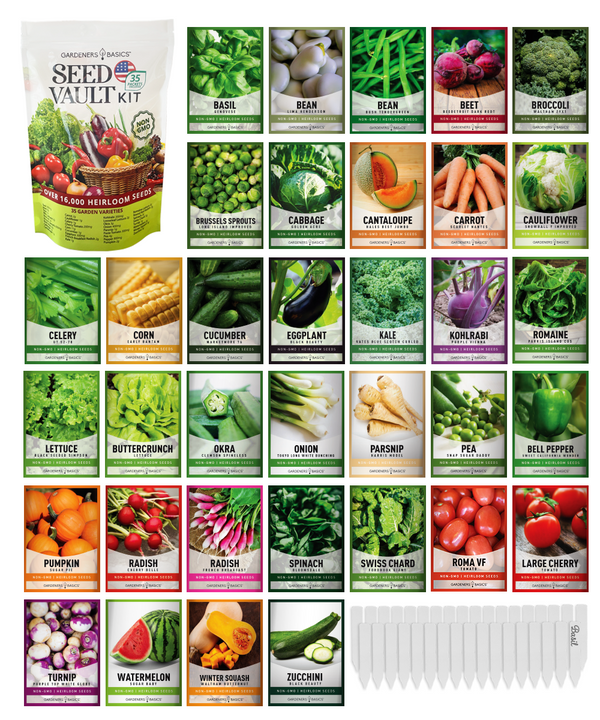
$29.95
$49.95
Ultimate Survival Seed Vault: 16,000+ Non-GMO Heirloom Vegetable Seeds for Emergency Preparedness Introducing the Seed Vault Kit, your all-in-one solution for emergency preparedness and sustainable gardening. This premium seed kit contains over 16,000 non-GMO, Heirloom, Non-Hybrid, and Open Pollinated seeds,… read more
Protect Leeks from Pests and Diseases
Leeks are generally easy to grow, but they can be susceptible to certain pests and fungal diseases:
- Pests: Leeks can be affected by pests such as thrips, onion maggots, and aphids. To deter pests, use organic methods like insecticidal soap, row covers, or companion planting. Regularly monitoring your plants for signs of pests will help you address any issues early on.
- Diseases: Leeks can be susceptible to fungal diseases like rust and downy mildew. To prevent disease, provide good air circulation, avoid overhead watering, and practice crop rotation. Proper garden hygiene and prompt removal of affected plants can also help prevent the spread of diseases.
Harvest Leeks
Leeks can be harvested when the stalks are 1-2 inches long. To harvest leeks, follow these steps:
- Select the right time: Leeks are ready to harvest when their stalks reach 1-2 inches in diameter. You can also harvest smaller, pencil-thin leeks for a more tender and mild flavor. Keep an eye on the size of your leeks to determine the best time to harvest.
- Loosen the soil: Use a garden fork to gently loosen the soil around the base of the leek, taking care not to damage the plant. Loosening the soil makes it easier to remove the leek without damaging the roots or stalk.
- Pull the leek: Grasp it firmly at the base and gently pull it from the ground. You may need to wiggle it slightly to help release it from the soil. Be patient and take care not to break the stalk.
- Clean and trim: Remove soil from the leek and trim the roots and outer leaves. Be sure to leave some green leaves intact, as they are edible and flavorful.
Storing and Using Leeks
After harvesting your leeks, you can store them in the refrigerator for up to two weeks. Be sure to keep them in a plastic bag or wrapped in a damp cloth to retain moisture. This will help preserve their freshness and flavor for an extended period.
Leeks are versatile in many dishes, including soups, stews, quiches, and stir-fries. They can be sautéed, roasted, grilled, or even enjoyed raw in salads. Experiment with different recipes to find your favorite way to enjoy your homegrown leeks. They can also be used as a substitute for onions or garlic, providing a unique flavor profile to your dishes.
 Frequently Asked Questions (FAQs) - How to Plant Leek Seeds
Frequently Asked Questions (FAQs) - How to Plant Leek Seeds
1. Can leeks be grown in containers?
Yes, leeks can be grown in containers. Choose a deep container with good drainage, and fill it with high-quality potting soil. Be sure to space the leek plants about 6 inches apart to give them ample room to grow. Container-grown leeks will require regular watering and fertilizing to ensure a successful harvest.
2. Do leeks need a lot of sunlight?
Leeks prefer full sun to light shade, requiring a minimum of six hours of sunlight daily. They can tolerate some shade, which can be beneficial in hotter climates, but they will not thrive in heavily shaded areas.
3. How long does it take for leeks to grow from seed?
Leeks typically take 100-120 days to mature from seed to harvest. The exact time may vary depending on the variety, growing conditions, and care provided.
4. Are leeks frost tolerant?
Some leek varieties, such as the Bandit variety, are frost tolerant and can be overwintered in colder climates. Frost-tolerant leeks can provide a continuous harvest throughout the year, even in colder temperatures.
5. Can I grow leeks from store-bought leeks?
While it's possible to grow leeks from the base of store-bought leeks, the results may not be as successful as growing from seed. The leeks may not produce large, healthy stalks or be more susceptible to pests and diseases. For the best results, it's recommended to grow leeks from seed.
6. Why are my leek seedlings falling over?
Leek seedlings may fall over if they do not receive enough light or are overcrowded. Ensure your seedlings receive adequate light, either from a sunny window or supplemental grow lights, and thin them if necessary to provide proper spacing.
7. Can I grow leeks from the seeds produced by a leek plant?
Yes, you can grow leeks from seeds produced by a mature leek plant. Leeks are biennials, meaning they produce seeds in their second year of growth. Once the leek plants flowers and sets seeds, you can collect the seeds for planting. Make sure the plants are heirloom leek plants. If they are not heirlooms, saving and planting seeds may result in plants that are not the same as the parent plant, and some hybrid seeds won't reproduce. Dry and store the seeds properly before sowing them in the garden.
8. How can I prevent leaks from bolting?
Bolting, or premature flowering, can be caused by factors such as temperature fluctuations or stress. To prevent bolting, provide your leeks with consistent care, including regular watering, fertilizing, and protection from pests and diseases. Additionally, planting bolt-resistant varieties can help minimize this issue.
9. Can I use leek leaves in cooking?
Leek leaves can be used in cooking, but they are often more challenging and have a stronger flavor than the stalk's white and light green parts. The darker green leaves can be used in stocks, soups, or stews, where they can be cooked longer to soften and release their flavor.
10. How do I know when to harvest my leeks?
Leeks can be harvested when the stalks are 1-2 inches long. However, you can harvest smaller pencil-thin leeks for a more tender and mild flavor. Monitor the size of your leeks to determine the best time to harvest based on your preference.
Seed Safe Survival Seed Kit - 35 Variety Pack
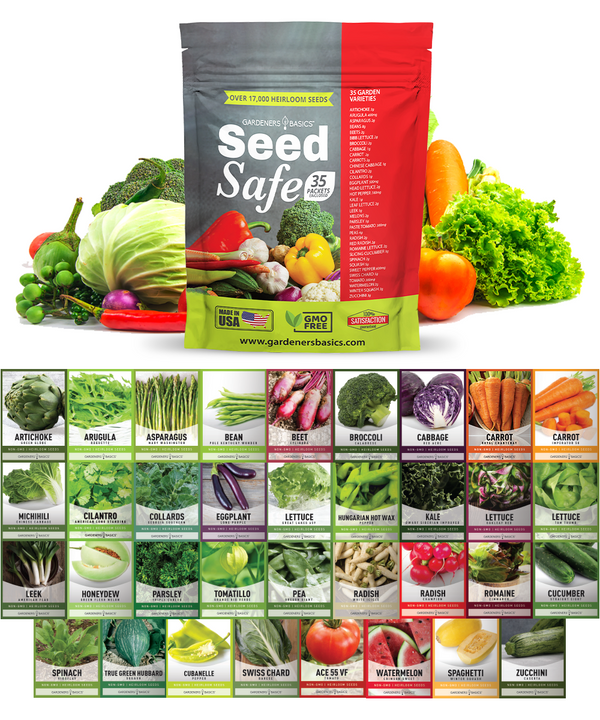
$29.95
$49.95
Seed Safe Survival Seed Kit: The Ultimate Heirloom Collection for Self-Sufficient Gardening Introducing the Seed Safe - 35 Varieties of Heirloom Vegetable, Herb, and Fruit Seeds, the ultimate solution for gardeners who want to secure a bountiful future harvest. This… read more
Conclusion
Growing leeks from seed can be a rewarding and delicious addition to your vegetable garden. By following this comprehensive step-by-step guide, you'll be well on your way to a bountiful harvest of these flavorful, easy-to-grow plants. You'll enjoy homegrown leeks in no time with proper care, attention to soil preparation, and diligent pest and disease management. The satisfaction of harvesting and cooking with your own homegrown leeks will make all the effort worth it. How do you feel about growing leeks now that you know how to plant leek seeds? Happy gardening!



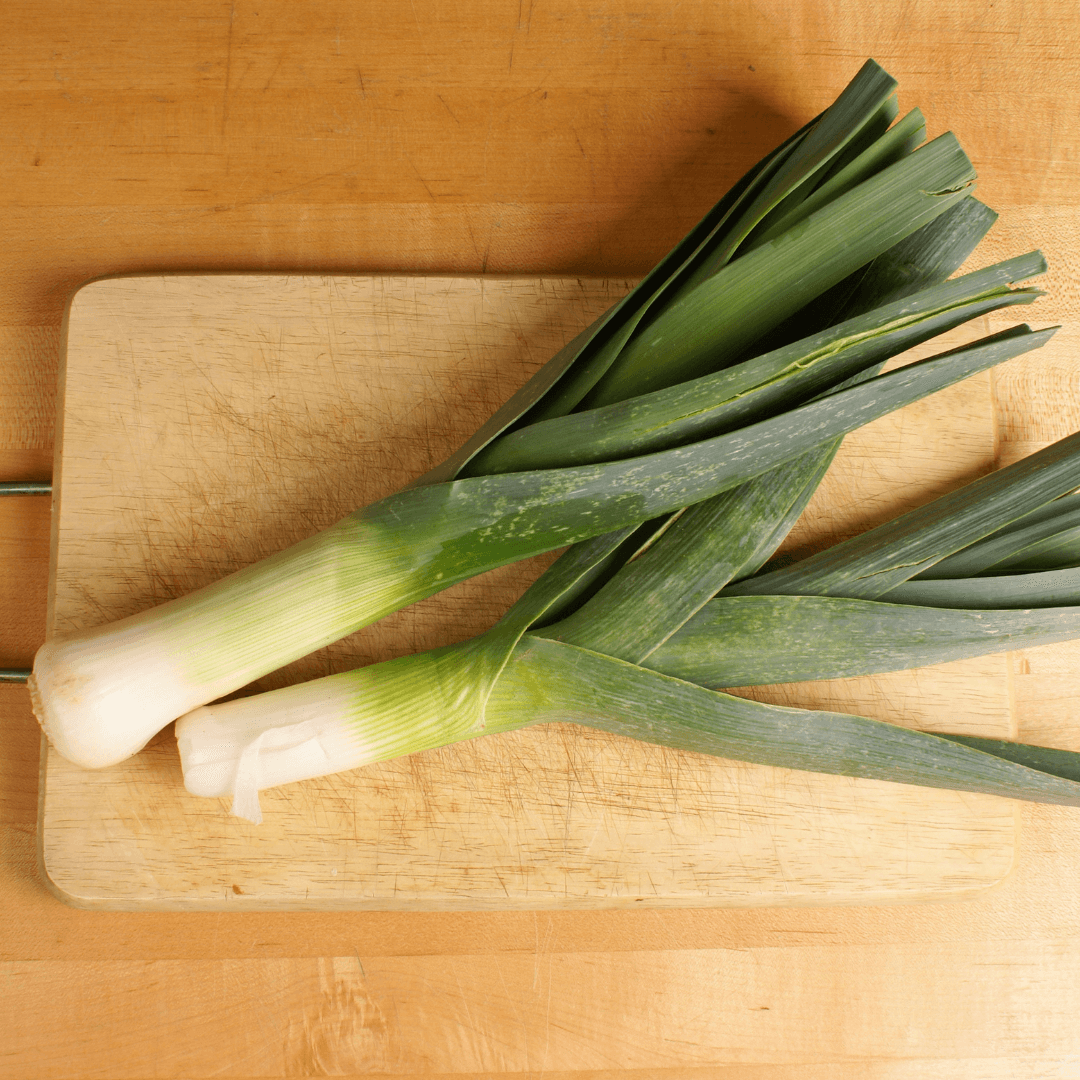

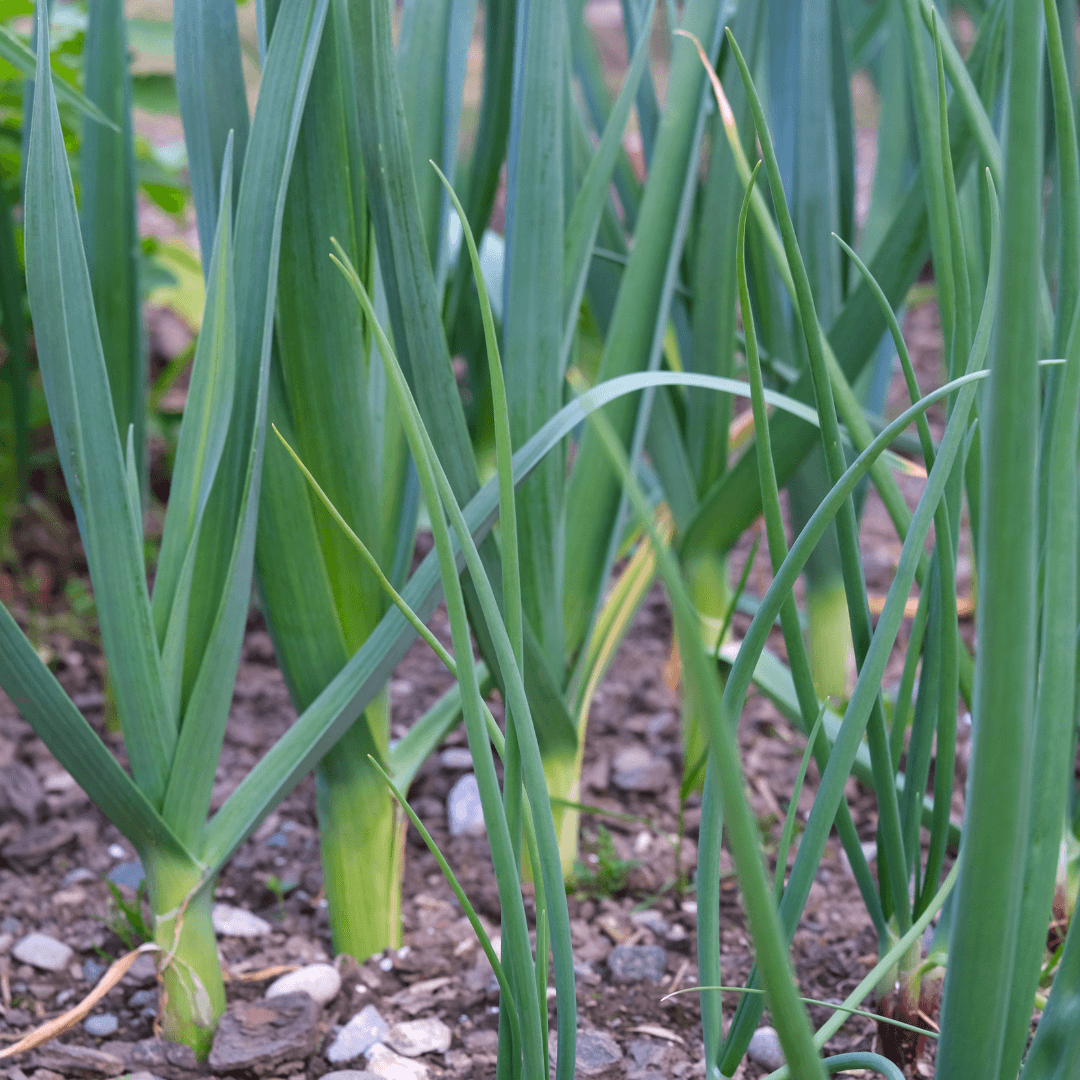
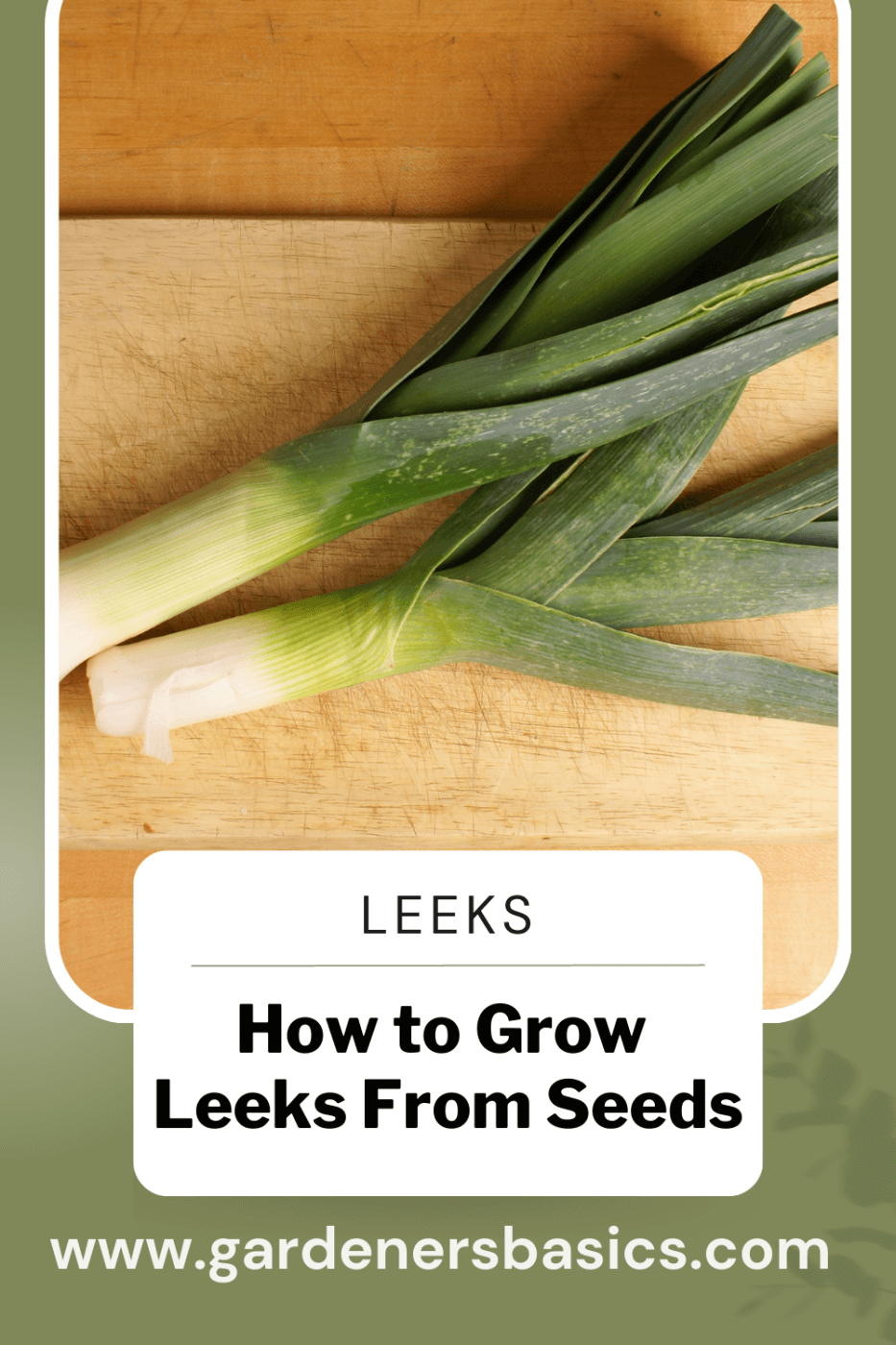 Frequently Asked Questions (FAQs) - How to Plant Leek Seeds
Frequently Asked Questions (FAQs) - How to Plant Leek Seeds